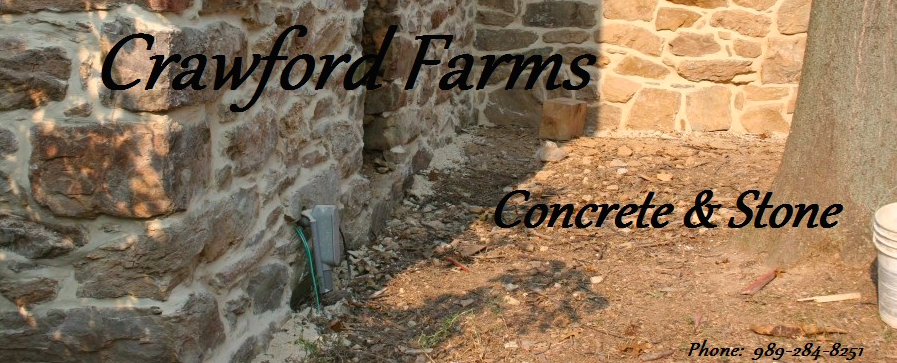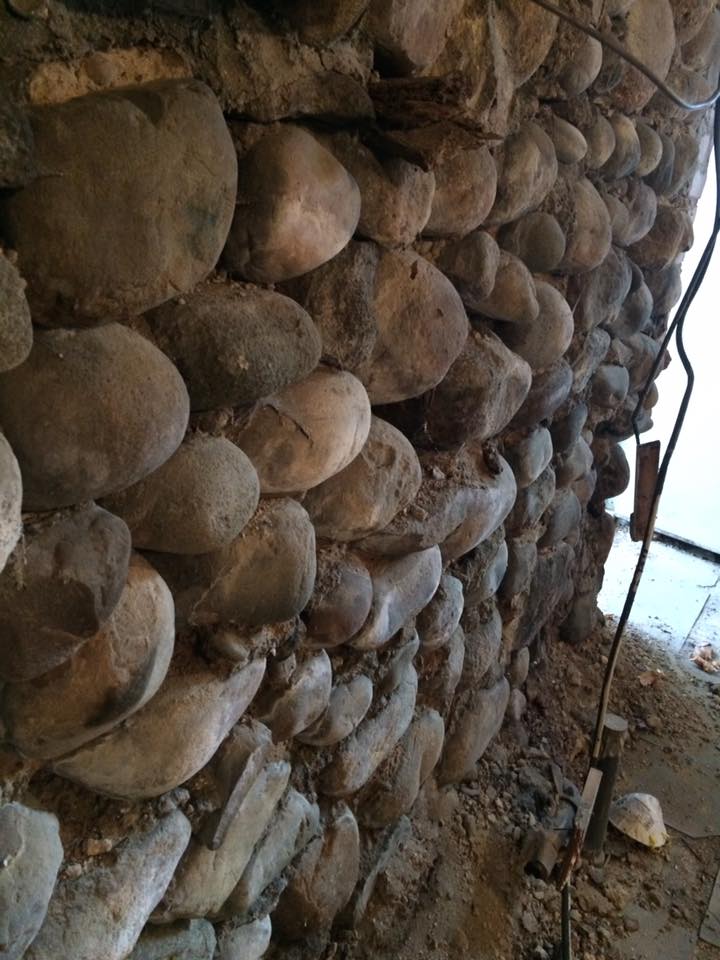Taking a break from spring concrete and stone projects to let our potential customers know we are currently scheduling stone foundation repair projects for late 2023 and early 2024. We fix stone foundations, stone basements and stone crawls spaces, all winter long and we start doing these exclusively in the colder months.
How to get a stone foundation repair quote
Our process for providing stone foundation repair quotes is pretty straight forward and simple. Once you contact us (visit the “get a quote” page) we will set up a time for one of our people to come and inspect the foundation. It’s great if you can be there for this step. They will use photos and video and their conversation with you to collect the information needed to provide an accurate and timely quote for your stone foundation repair project.
Once I’m able to look over this information I will usually reach out by phone or email to ask any clarifying questions. Often our customers like the quote broken up if its a larger project, we can do that. I usually like to go over the approach or options we can take on the project to get the issues fixed.
We’ve fixed hundreds of stone basements and crawlspaces throughout the state of Michigan. We work all over the state and surrounding states for certain projects, so lets get your stone foundation fixed. We are not a basement waterproofing company. We only work on stone foundations. If you’ve gotten a quote form a basement water proofing company, I strongly suggest a second opinion, especially if you’re basement is dry most of the year. If you have a stone foundation issue I encourage your to reach out to us or another stone mason to get an affordable quote.
Common Stone Foundation Repair Projects
I would say stone Michigan basements are the most common stone foundation repair projects we encounter. We do a lot of tuck pointing of crumbling mortar in stone walls and we also do a lot of spot repairs of loose or fallen stones. We also do a lot of foundation coating which makes a cleaner wall and helps to preserve the integrity of existing walls that don’t need current tuck pointing.
Often times stone crawl space foundations require extensive tuckpointing and we also do a lot of crawl space vapor barrier installs to help keep down the odor that can come with an earth floor in your crawlspace.
Have a look around our site and learn more about our stone foundation repair projects, we would love the opportunity to provide you with a fair and worthwhile quote to keep your stone basement or crawl space doing its job for years to come.
We are also a Michigan concrete contractor and we stay busy pouring concrete during the spring, summer and fall. We like to do focus on stone foundation repairs in the colder months and offer a pretty good discount if your willing to wait until late fall or winter. We look forward to helping you!

